The fall of Constantinople, a day that changed the course of history and Turkey
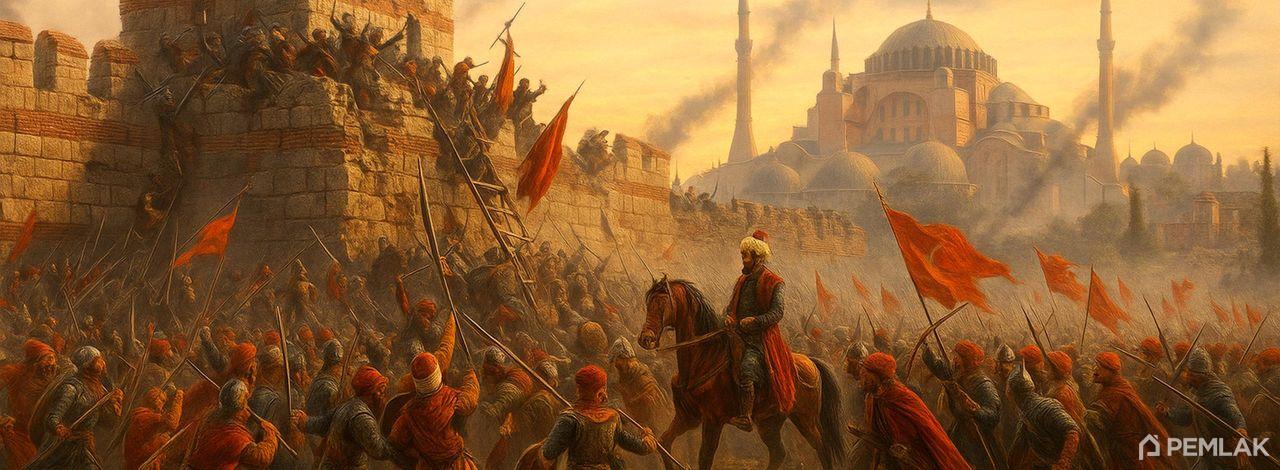
may 29, 1453 is a date that has forever entered world history. It was on this day that the capital of the Eastern Roman Empire - Constantinople - fell under the onslaught of the Ottoman Sultan Mehmed II the Conqueror. This event not only ended the thousand-year history of Byzantium, but also began a new period in the history of Turkey, the Middle East and Europe. Today, more than five centuries later, the traces of this tremendous turning point can be felt in architecture, culture and, of course, in the real estate market of Istanbul and other Turkish cities.

The End of Byzantium - The Beginning of Ottoman Greatness
The Byzantine Empire, which once controlled vast territories, by the 15th century had shrunk to the borders of Constantinople and a few coastal fortresses. The city was weakened by internal conflicts, economic crisis, and constant threats from the Ottoman Turks. The walls of Theodosius had been considered insurmountable for centuries, but that changed in 1453. Mehmed II, the young sultan, was preparing for a siege with unprecedented magnitude.
Sultan Mehmed II, with ambitions to create a great Muslim power, saw the capture of Constantinople as not only a military but also a sacred mission. He gathered an army of about 80,000 men and for the first time in history used huge siege cannons, including the famous Urbana cannon, capable of penetrating even the thickest walls.
The city held out for more than 50 days. The defenders, numbering about 7 thousand, led by Emperor Constantine XI Paleologos, showed courage, but the forces were unequal. On the morning of May 29, the walls were breached, and the Ottoman troops broke into the city. Constantine XI died in battle, becoming the last Byzantine emperor.
With the fall of Constantinople the era of the Middle Ages came to an end. The new owner of the city began its large-scale transformation: Byzantine churches became mosques, palaces, bazaars and hammams began to be built. Aya Sofia, the greatest Byzantine creation, was turned into a mosque, and later into a museum and again into a mosque. The city became a symbol of strength and centralized power, taking the name Istanbul and becoming the capital of one of the most powerful empires in history.
Mehmed II paid special attention to the settlement of the city: Christian, Muslim and Jewish communities were invited to settle in the new Istanbul. This is how the multinational image that still distinguishes this metropolis was formed. Ethnic and cultural diversity made the city not only an administrative, but also a commercial and intellectual center of the region.
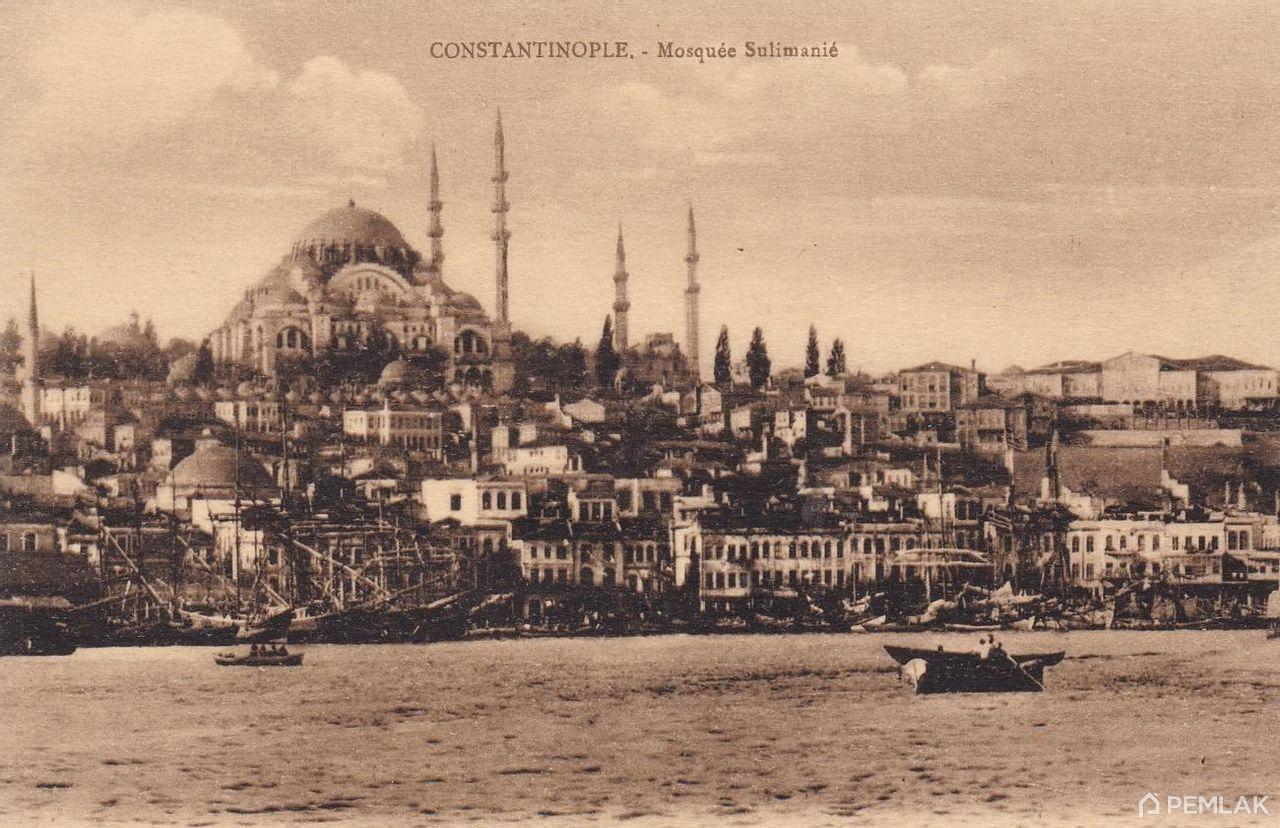
Why is it important to remember this today?
The fall of Constantinople was not only a military victory, but also a profound cultural shift. The city's history is woven into the fabric of modern Turkey. In every stonework of the old city, in every narrow street of the Fatih district, there is a living reminder of the events of 1453. And for those interested in real estate in Turkey, this is not just context, but an important part of the neighborhood's appeal.
Today Fatih, Galata, Eyup are neighborhoods with the richest historical and architectural heritage. They are among the top locations for buying real estate in Istanbul. These places are especially interesting for investors looking for a combination of history, culture and prospects for growth in the value of objects. Especially relevant are such projects as restoration of historical buildings for boutique hotels, apartments and co-working spaces.
Investors also pay attention to modern residential complexes that organically fit into the historical landscape. Such projects in the city center demonstrate how heritage and comfort of the XXI century can be combined.
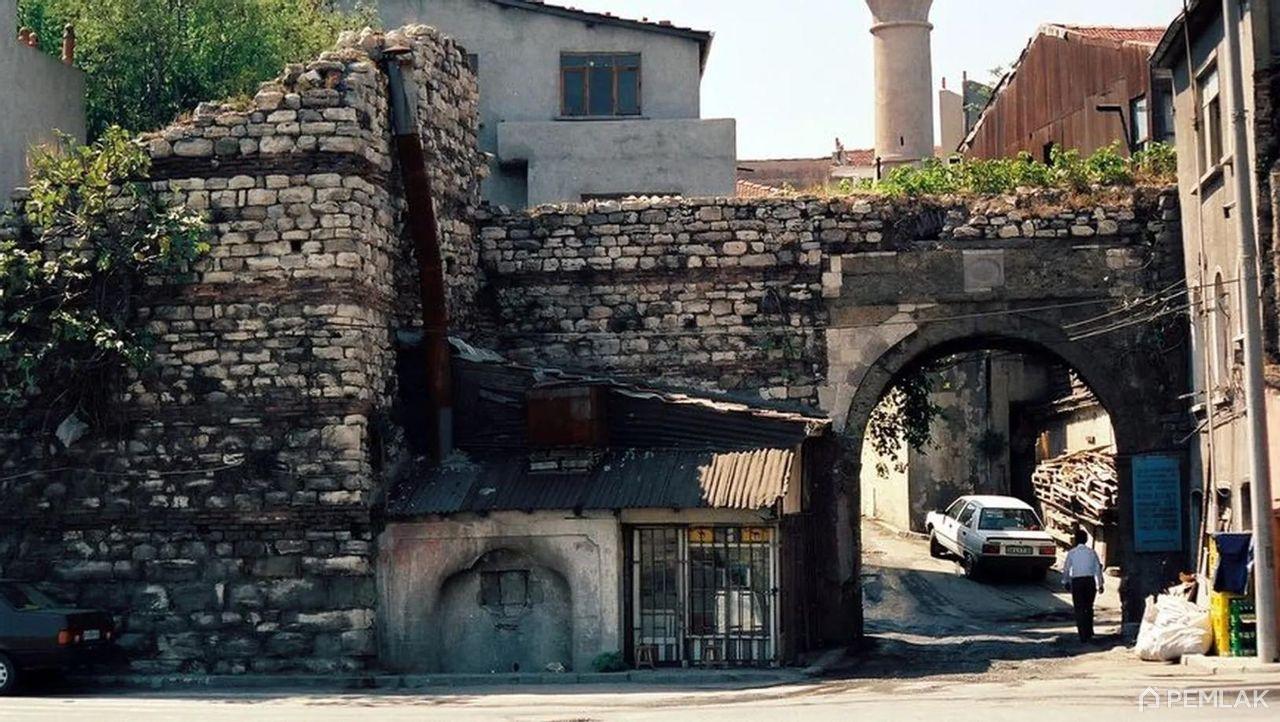
Istanbul - a crossroads of times and civilizations
Constantinople became Istanbul but retained its position at the crossroads of Europe and Asia. Today's metropolis unites old and new, East and West. It is this uniqueness that makes real estate in Istanbul one of the most liquid and stable in the market.
The demand for housing in areas steeped in history remains high. Prices per square meter here are higher than the average in the city, but also liquidity is higher - buying real estate in such areas is often an excellent investment.
Do not forget about other cities in Turkey, which became important centers after the fall of Constantinople. Bursa, the former first capital of the Ottomans, is now developing as an industrial center with a growing demand for housing. Edirne, bordering Bulgaria and Greece, is interesting for European buyers. Izmir, Ankara, Antalya and Mersin continue to build up their market positions.
Many Turkish cities mentioned in historical chronicles are now becoming investment hotspots. Developed infrastructure, programs for obtaining residence permits and citizenship through the purchase of real estate strengthen this trend.
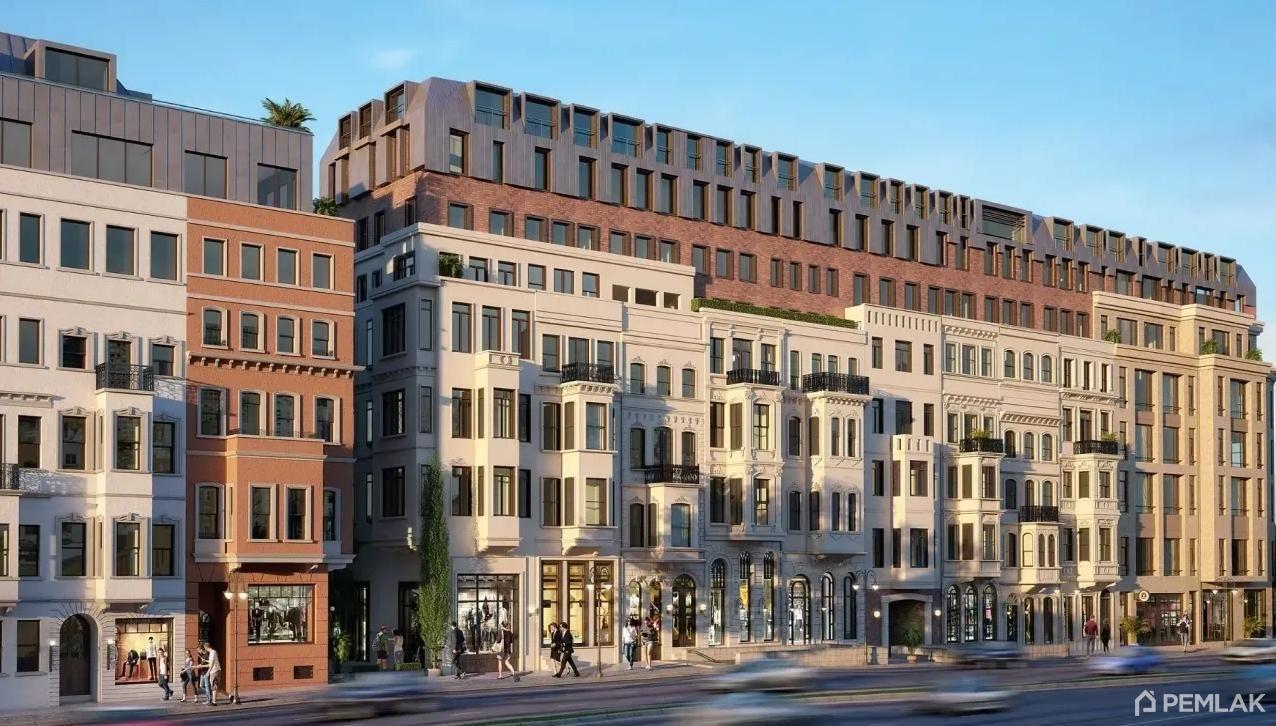
Remembrance of the past is an investment in the future
may 29 is not just a date in a history book. It is an occasion to look at Turkey from a new angle. Deep historical heritage makes the country's cities not only tourist gems, but also investment attractive centers. Every year there is a growing interest in real estate in Turkey, especially in areas with historical value.
Historical memory and commercial calculation more and more often go hand in hand. Reconstruction projects of old buildings in Istanbul, Izmir and Bursa are supported by both private investors and government programs. This creates unique properties with soul and history that are valued in both domestic and international markets.
If you are thinking about buying real estate in Turkey - whether it is an apartment in Istanbul, a villa on the Aegean coast or a commercial facility in the center of Ankara - it is important to understand that behind every street, behind every facade there is a story. A history that begins with the fall of Constantinople and continues in every stone, every house, every new project.
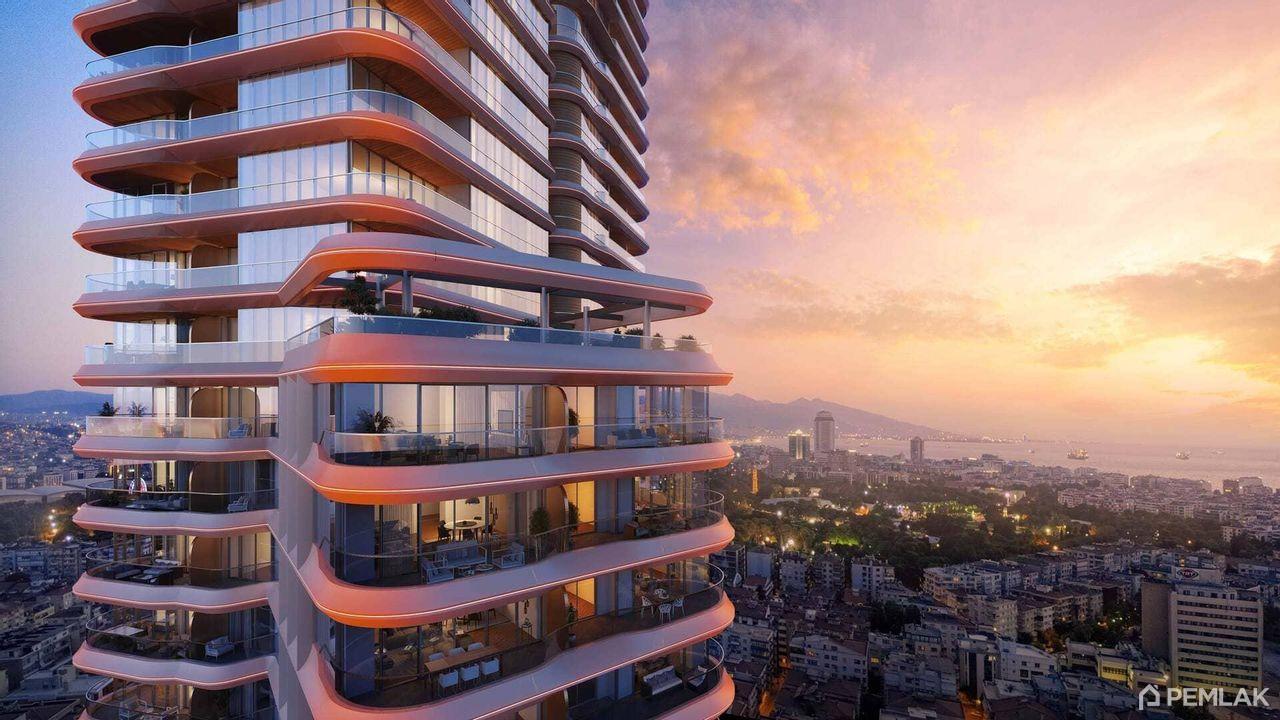
Comments 0







